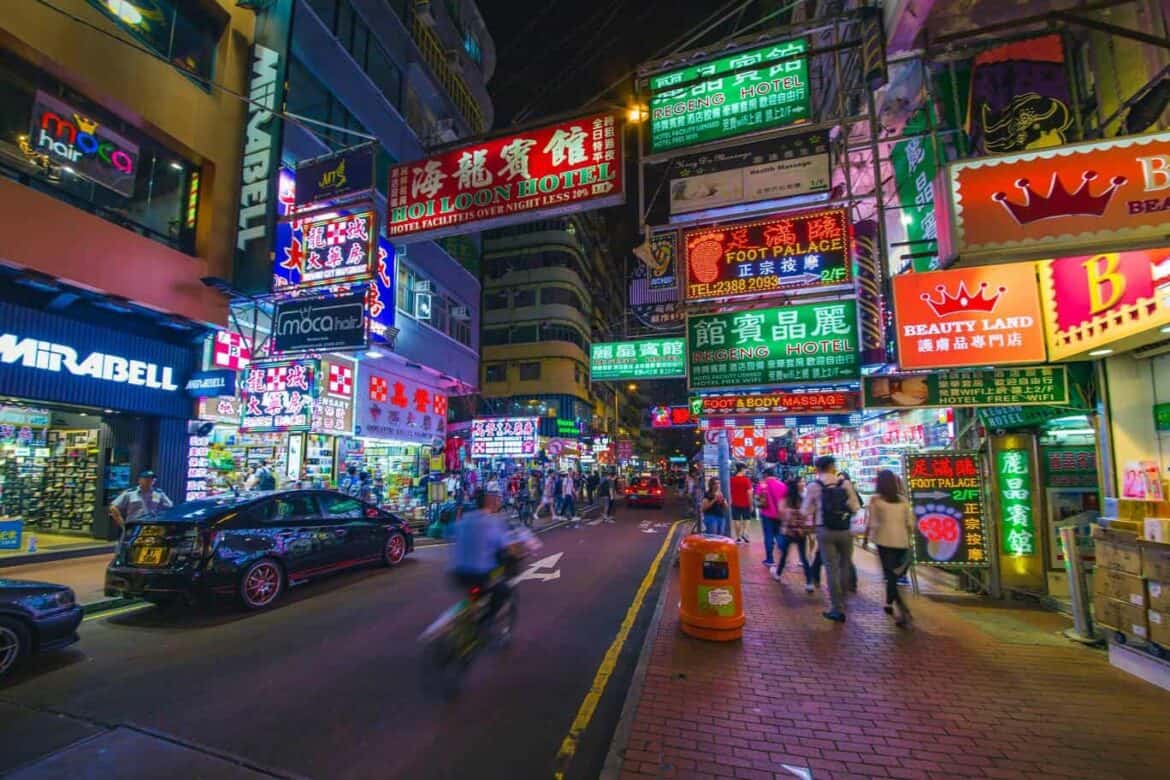Hong Kong is an international city and has a vast number of tourists come from all over the world – All year round. According to Hong Kong Government statistics, the number of international tourists visited Hong Kong in 2019 reached just under 27million. Countries such as Australia, Canada, French, China, India, Indonesia, Malaysia, Singapore, Korean, Thailand, British and United States all contributes significant tourist growth for Hong Kong. This article presents some useful traveller tips for tourists so you could enjoy more and have a wonderful trip to Hong Kong.
- Personal Identity and Safety
Tourists must carry valid personal identity documentation such as a passport during their stay in Hong Kong. Hong Kong is a very safe city according to the low crime rate, however due to the dense population, we do not suggest that you take a large amount of cash when going out considering most of the shops do accept credit cards. Expensive belongs should also be locked in the safe at your hotel. You can easily find policemen on the streets whenever you encounter any problems. - Service Charges
Most of the restaurants except fast food shops will add 10% service charges to the bill. For taxi drivers or bell boys in the hotel, there is no pre set norm for service tips, you may choose to give out whenever you think the service is earned for. - Telephone Service
All local telephone calls are free except for public telephones which charge HK$1 for every 5 minutes. Emergency calls are available using 999 and are free to call, even using the public telephones. You could either use IDD telephone call card or credit card for long distance calls, or simply through operator for collect call in all public telephone booths. - Drinking Water
The drinking water in Hong Kong reaches World Health Organization standard. However, you may also choose to buy the bottle water in the supermarkets if you think it is necessary. We always recommend drinking bottled water bought from supermarkets wherever possible. - Taxi
Taxi’s generally only accept cash and they have an invoice print out whenever you request. Due to Covid-19, things will have changed for a lot of drivers so ensure you have cards available just to be safe. It is easier to catch the taxi in the taxi stop or outside the hotel. Many of the taxi drivers can understand simple English. We suggest writing down your destination (in English) on paper to minimize misunderstandings. The taxi charges are based on the meter which is HK$15 for the first 2 Km and HK$1.4 for the subsequent 0.2 Km. Besides this, there are tunnel charges ranging from HK$3-45 depending on which tunnel you have to take. The charging table is clearly shown on the inner side of the taxi doors so you can check before you pay. In case of any complaints or lost valuables, you may take down the name of the taxi driver and his license plate number which is clearly shown on the front seat stand, and report to the police (hotline: 2527 7177) whenever necessary. - Mass Transit Railway (MTR)
Hong Kong has 6 MTR routes, which covers most parts of the Hong Kong Island, Kowloon and New Territories.
Tsuen Wan Route: Tsuen Wan to Central
Kwun Tong Route: Yau Mat Tei to Tiu Keng Leng
Tseung Kwan O Route: North Point to Po Lam
Main Route: Sheung Wan to Chai Wan
Tung Chung Route: Tung Chung to Hong Kong
Airport Route: Airport to Hong Kong
Due to the convenience of MTR and the compact area of Hong Kong, most tourists find it is not necessary to rent a car during their stay. Besides, due to the very heavy traffic and the complexity of the city roads, it is not recommended for tourists to drive. If you really need car rental, you can consult your hotel, and have your passport and driving license to hand. - Kowloon Canton Railway (KCR)
The KCR is the major railway which links up the New Territories and the city of Kowloon. It runs through Tsim Sha Tsui East to Lo Wu which takes about 40 minutes for the whole route. Lo Wo is the final station which you can pass through to enter China with a valid visa. The trains generally depart every 3 to 10 minutes, and the earliest one usually departs at around 5:35 a.m. The last rain usually departs at around 12:20 a.m. The ordinary fair and the first class fair are HK$18 and HK$36 respectively from Hung Hom to Sheung Shui. - Tram
The tram service has been started in 1904 and it is the oldest transportation system in Hong Kong. It only services the Hong Kong Island running from Kennedy Town to Shau Kei Wan plus another route to Happy Valley. The earliest tram starts at 6: 00 a.m. and run until 1:00 p.m. and the fair is HK$ 2 for adult and HK$ 1 for children under age12. It is the cheapest transportation in Hong Kong, and you are highly recommended to take a ride at the upper stairs so that you could enjoy all the street scenery of Hong Kong. - Star Ferry
The scenery of Hong Kong harbour is famous, especially the night scenery. Besides this, there is a spectacular light show by the commercial buildings in the Hong Kong island usually at around 8:00 p.m. The Star Ferry has been serving the harbour for more than a hundred years, and the fair is less than HK$3 per ride. You can take the Star Ferry from Cental to Tsim Sha Tsui at around 8:00 p.m. You can enjoy the harbour scenery on the ferry and continue with the light show at the Starlight Road of Tsim Sha Tsui. - Hong Kong International Airport
The most convenient route to the Hong Kong International Airport is through the MTR which takes about 23 minutes from Central. It passes through stations of Kowloon, Olympic, Tsing Yi, and the train generally departs every ten minutes. By using the MTR you don’t run the risk of getting stuck in Hong Kong’s famous traffic jams. Other than the MTR, you can also take the Airport Bus which starts from 6:00 a.m. at the morning until 11:00 p.m. at night. It covers most parts of the Hong Kong Island and Kowloon with major hotels catered for.


